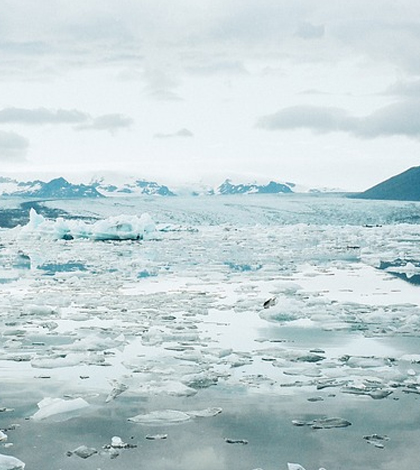How Atmospheric Carbon Dioxide Increased At Last Ice Age’s End

While dense ocean water has a high capacity to store carbon dioxide, University of Cambridge researchers reveal, in a release, that it was not simply a decrease in density that caused a large release of carbon dioxide at the end of the last ice age; it was also the removal of a lid of sea ice that allowed carbon to escape to the atmosphere, like a cork pulled from a wine bottle.
While researchers were aware that deep ocean water was dense and high in salinity, which gives the water a large capacity to absorb carbon dioxide, it was not a reduction in density that led to carbon dioxide release at the end of the last ice age, as was previously believed.
Chemical composition information from foraminifera shells indicated that density reduction and carbon dioxide releases were not very closely linked. Instead, the data suggested the carbon dioxide release was due to the melting of Antarctic sea ice, essentially acting like the removal of an enormous ice lid and permitting trapped carbon dioxide to release into the atmosphere.
Top image: Sea ice. (Credit: Public Domain)





0 comments